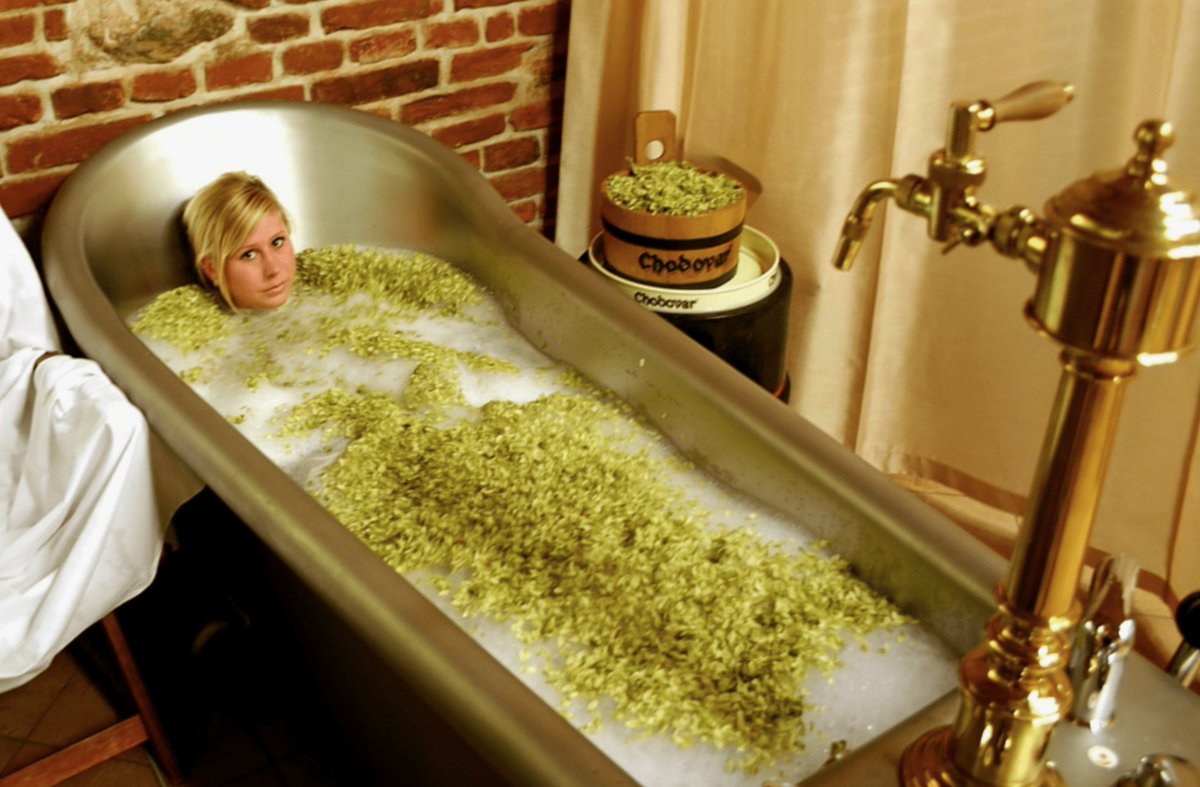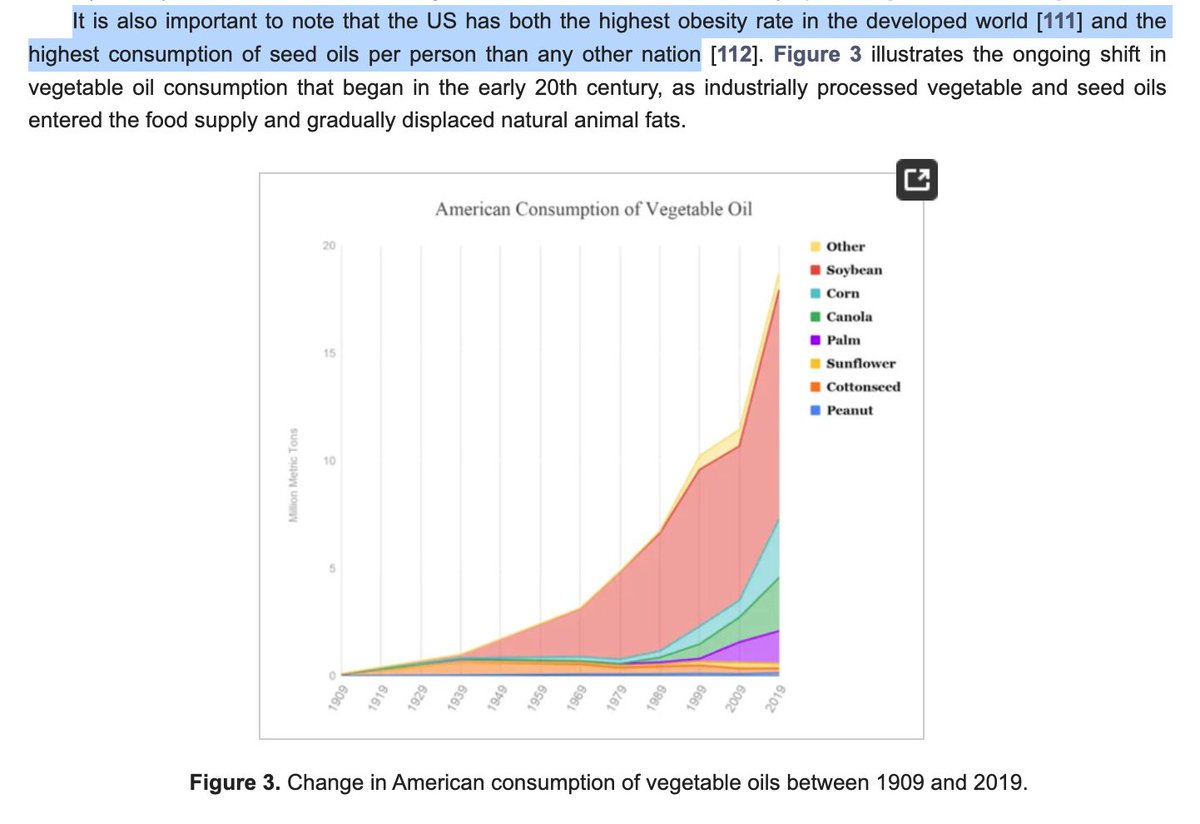
Metabolism, Hormones, Energy, Research, Lifemaxxing | Founder of TheracelLab| Biological Sovereignty 🦅🇺🇸
How to get URL link on X (Twitter) App


 Mitochondria thrive when:
Mitochondria thrive when:
 1. Carbohydrates
1. Carbohydrates